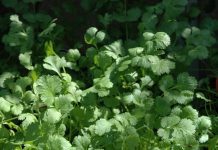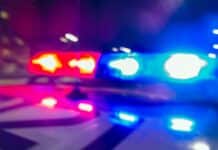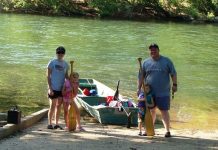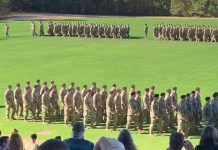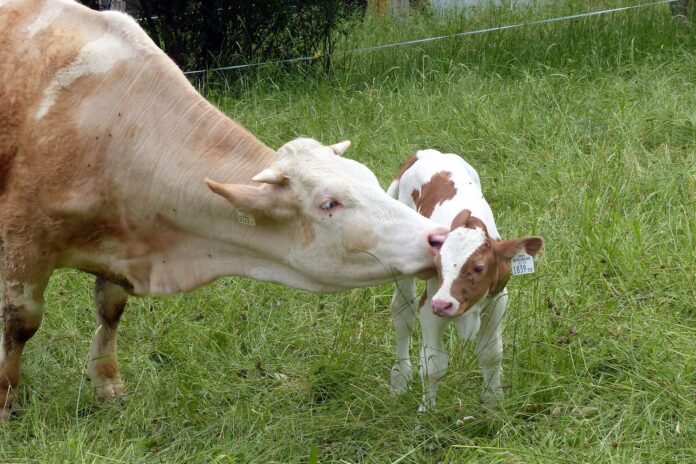STOCKTON, Mo. — “Fall calving season will be coming soon and preparation time is here,” says Patrick Davis MU Extension Regional Livestock Field Specialist. Davis will discuss strategy and management suggestions to prepare for a successful fall calving season.
“Heifers are the most susceptible to calving difficulties so pay special attention to them,” says Davis. Davis advises for heifers to be located near the calving barn in case intervention during the calving process is needed.
“In addition, utilize pregnancy check data to have cows near the calving barn at their potential calving date,” says Davis. Like heifers, Davis advises this strategy to cut down time needed to get cows into the calving barn if intervention is needed during calving.
“Walking through the facilities and equipment is important prior to the calving season,” says Davis. Calving facility pens, chutes, and stalls need to be clean, dry, strong, safe and functioning correctly. All calving supplies need to be in the correct location. Davis advises to have a five-gallon bucket with a flashlight and calving supplies available in case intervention during calving is needed away from the calving facilities.
“Have plenty of colostrum available in case it is needed after calving,” says Davis. Calves need to receive an adequate amount of colostrum within 12 hours after birth. Davis advises to have frozen colostrum available or consult a veterinarian on proper commercial colostrum to purchase. Also, consult a veterinarian on the proper amount and process for feeding colostrum to a newborn calf.
“Calving plan development and incorporation of your large animal veterinarian in that process is important for a successful calving season,” says Davis. The plan should include information on when and how a person should intervene during the calving process as well as when veterinarian assistance is needed. Davis advises all people working with the cattle to be educated on the plan. Also, post the plan in the calving barn including contact information for the veterinarian or other people to contact if calving problems arise.
“Shade from warm temperatures early in the calving season as well as fly control are important in maintaining proper health of the calf after calving,” says Davis. Davis advises plenty of shade in the calving pasture and implementation of fly control measures to reduce problems in these areas, which should promote optimum calf health.
“A live healthy calf is important to a cattle operations bottom line,” says Davis. Proper preparation and planning for the calving season should increase the likelihood of a live calf being born and that calf being healthy until weaning. For more information on preparing for a successful calving season contact your local MU Extension Livestock Field Specialist.



